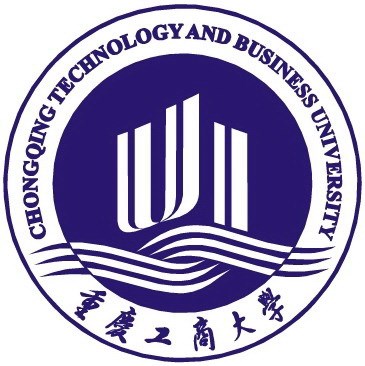课题组近期采用H2-TPR、XRD、BET、NH3-TPD、Py-IR和H2-TPD对浸渍法制得无硫Ni/g-Al2O3和Ni基双金属Ni5X5/g-Al2O3(X=Cu、Fe、Zn、Co和Mn)催化剂进行了表征。研究了过渡金属对所研究的Ni基催化剂的物理化学性质和月桂酸甲酯加氢脱氧(HDO)性能的影响。结果表明,所制备的Ni基催化剂均具有中孔结构和大的比表面积(> 130 m2·g-1),Ni、Cu、Fe、Zn、Mn和Co物种高度分散在Ni5X5/g-Al2O3催化剂上。过渡金属的引入对Ni物种的还原性有显著影响,并明显提高了所研究的Ni基催化剂对H2分子的低温“吸附-解吸”性能。由于金属中心和酸位之间的协同作用,所有研究的Ni基催化剂都能优先催化月桂酸甲酯发生脱羰/羧基(DCO)反应,产生C11烷烃。月桂酸甲酯中的羰基和/或桥氧原子可以被亲电酸性位活化,中间产物可以被金属中心上形成的反应性H原子攻击。在400 °C下,月桂酸甲酯转化率和C11烷烃选择性分别达到99.8%和87.3%。此外,Ni5Cu5/g-Al2O3催化剂具有良好的循环和可再生性能。
Shuang Chen(陈爽), Caixia Miao, Hongmei Xie, Zhaojie Jiao, Xianming Zhang, Guilin Zhou*. Synergistic effect between acidity and metallicity on the methyl laurate hydrodeoxygenation performance for Ni-based catalyst [J]. Biomass & Bioenergy, 2024, 180: 107002. https://doi.org/10.1016/j.biombioe.2023.107002
Sulfur-free Ni/g-Al2O3 and Ni-based bimetallic Ni5X5/g-Al2O3 (X = Cu, Fe, Zn, Co, and Mn) catalysts prepared by impregnation method were characterized by H2-TPR, XRD, BET, NH3-TPD, Py-IR, and H2-TPD. The effects of transition metal on the physicochemical properties and methyl laurate hydrodeoxygenation (HDO) performance of the studied Ni-based catalysts were also investigated. The results showed that all the prepared Ni-based catalysts have mesoporous structure and large specific surface area (> 130 m2·g-1), the Ni, Cu, Fe, Zn, Mn, and Co species were highly dispersed over the Ni5X5/g-Al2O3 catalysts. The introduction of transition metal has a remarkable influence on the reducibility of Ni species and obviously improve the low temperature “absorption-desorption” performance of the studied Ni-based catalysts to H2 molecules. All the studied Ni-based catalysts can preferentially catalyze the methyl laurate to occur decarbonylation/carboxyl (DCO) reaction to produce C11 alkanes, because of the synergy effects between metal centers and acid sites. The carbonyl and/or bridge oxygen atoms in methyl laurate can be activated by electrophilic acidic sites, the intermediate products can be attacked by the reactive H atoms formed on the metal centers. Methyl laurate conversion and C11 alkane selectivity can reach 99.8 and 87.3 % at 400 °Ϲ, respectively. In addition, the Ni5Cu5/g-Al2O3 catalyst possesses acceptable cycle and regeneration performances.
